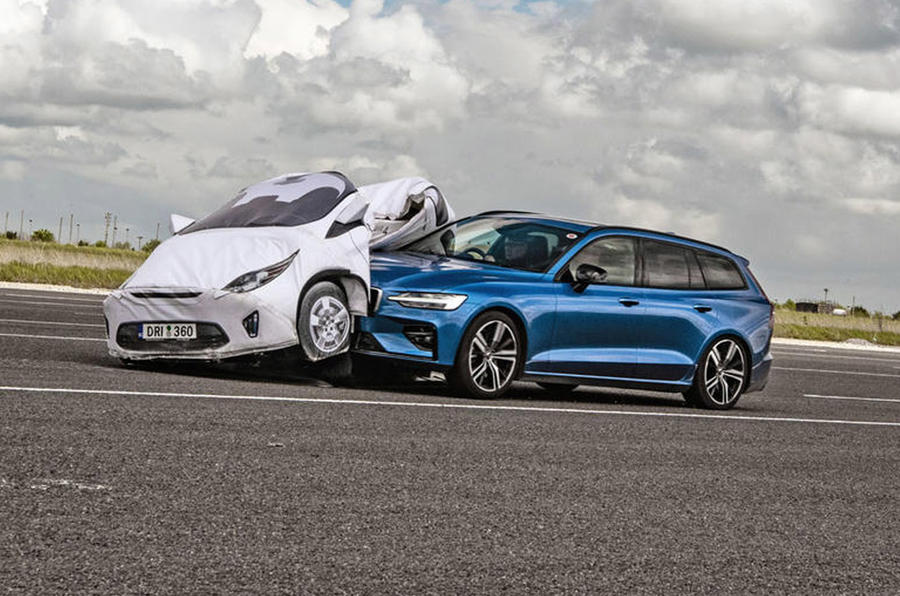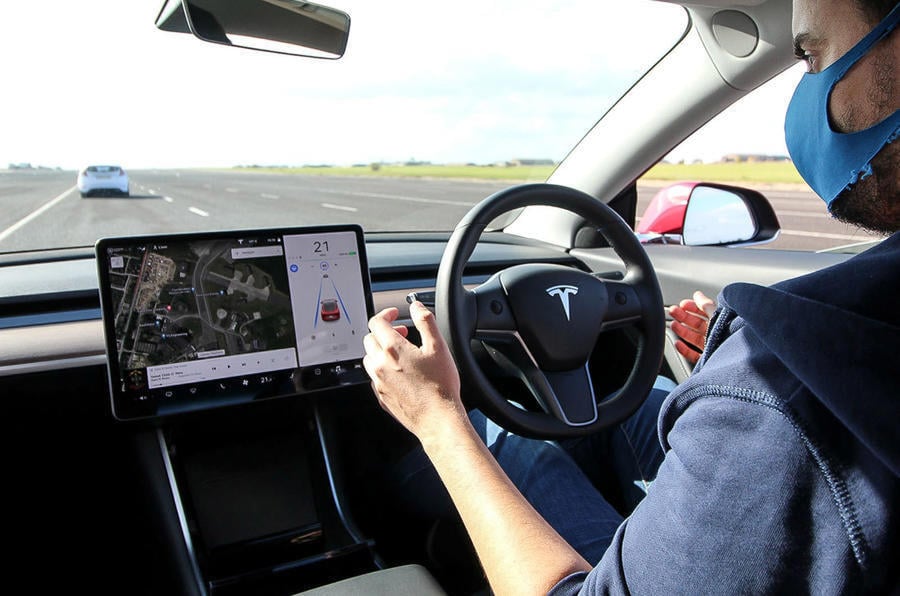Thatcham Research claims current systems’ capabilities are too limited to be safely introduced next year.
Government plans to legalise the use of hands-free automated lane keeping systems (ALKS) on motorways in the UK next year have come under fire from a leading safety body.
Thatcham Research claims the plan, which would be implemented early 2021 pending the results of a safety consultation ending this week, would “put road users’ lives at risk” because the current technology has “significant performance limitations”.
Although the systems have to be updated from the current, widely offered lane keeping software to be classified as ALKS, the main difference is that the car would no longer prompt drivers to return their hands to the wheel. Drivers would be legally able to go hands-free and let the car take full control of steering inputs on motorways at speeds of up to 110km/h.
Thatcham said: “Both the functionality of this technology and the regulations under which they will operate are limited. They cannot replicate what a competent and engaged human driver does.”
Thatcham director of research Matthew Avery said that although the new systems won’t monitor whether the driver has their hands on the wheel, “there has been no quantum leap in the technology that makes ALKS more suited to automated driving”.

Avery added: “The vehicles we’ve seen simply have a couple of extra lidar sensors on them and that means they’re simply not suitable for automated driving. While we wholeheartedly support the introduction of automated driving, it has to be competent driving that’s as good at dealing with all sorts of situations on the road as real drivers, and ALKS have a number of serious limitations.”
Thatcham highlighted a number of scenarios where the current systems it has tested do not respond in the same way as a driver would. Situations where a driver would slow well in advance or make an evasive lane-changing manoeuvre, such as to avoid debris or pedestrians encroaching on the carriageway after a breakdown, are either not dealt with in time or ignored by the systems entirely.
Other examples include smart motorway lane closures, where the system would not recognise a red X on an overhead gantry sign. Generally, the issue, Thatcham claims, is that today’s systems can only interpret up to around 120m ahead – which at 70mph would allow only four seconds for either the system or the driver to react to an oncoming hazard.
“Our conclusion is that automated lane keeping system technology is not safe enough to be classified as automated”, Avery said. “We believe it should be regarded as assisted technology because the driver needs to remain alert”.
Lawrence Allan




